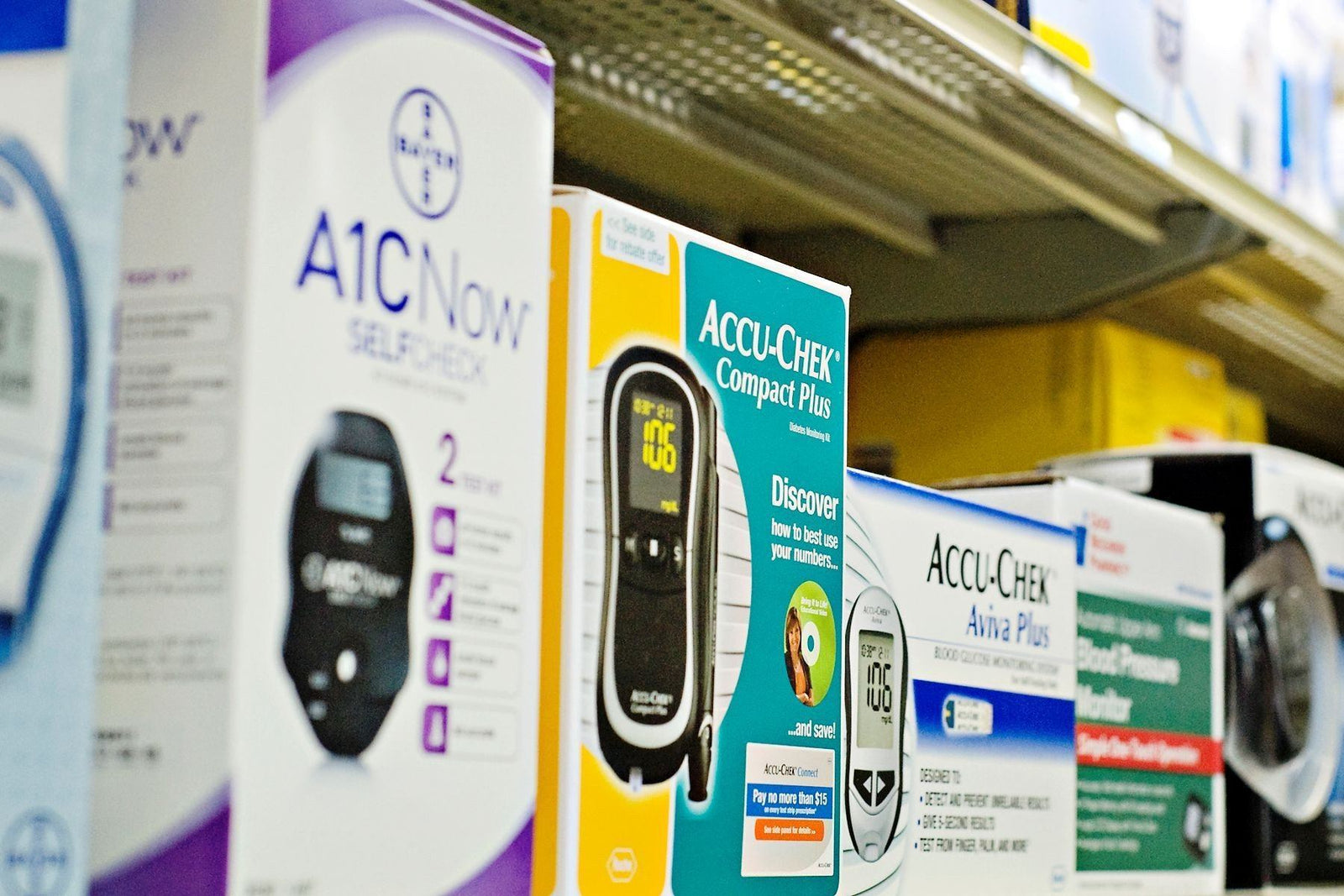As a country in which 26 million people are diabetic and 79 million people are pre-diabetic, at risk for developing type 2 diabetes, America should be more aware than ever during this National Diabetes Month. In honor of the awareness month, let's revisit the facts and advice regarding this disease which, without proper precautions, could affect anyone.
The Facts
As you know, there are two main types of diabetes: type 1 and type 2. The bodies of people with type 1 diabetes do not produce insulin, a hormone necessary to convert sugar to energy. Those who have type 2 diabetes, on the other hand, are in the more common demographic, and their bodies undergo insulin resistance. In insulin resistance, the pancreas initially attempts to compensate for unused insulin by making extra; over time, however, the pancreas falls behind and can't create enough insulin to regulate blood sugar.
Two out of three people who are diagnosed with diabetes will eventually die from heart disease or a stroke. It's also the most prominent cause for kidney failure and adult onset blindness. A person with diabetes is ten times more likely to need an amputation in his or her lifetime than a person without diabetes.
If You're At Risk…
So your doctor just told you that you've been diagnosed with diabetes or prediabetes, or has warned you that you're on that road. Small changes can add up to control the situation. The most important step is to begin losing weight by watching your intake. Just by losing 5 to 10 percent of your body weight, you can lower your blood sugar, blood pressure, and cholesterol levels a significant amount. You don't have to totally avoid your favorite treats, you simply have to incorporate sugar into a healthier meal plan filled with fruits, vegetables, and proteins.
If You're Affected…
It's important to play it safe and always carry the necessary diabetes supplies with you when you're going to be away from the house for a long period of time. Check your blood sugar regularly and take the necessary precautions to regulate it. Most importantly, implement an exercise regimen. Exercise is both safe and highly recommended for those with type 2 diabetes, even for those who have related complications. Try doing several short workouts, such as ten-minute sessions, that add up to 30 minutes per day. Start by taking on small chores, like some rigorous cleaning, dog walking, or even laundry, that increase your general activity levels. You could also try getting a pedometer to ensure you're moving around enough. Eventually, you should start walking, biking, swimming, or even having a catch daily to combat the effects of diabetes and live a longer, more healthy life.
Sources
The Effectiveness of Lifestyle Adaptation for the Prevention of Prediabetes in Adults


